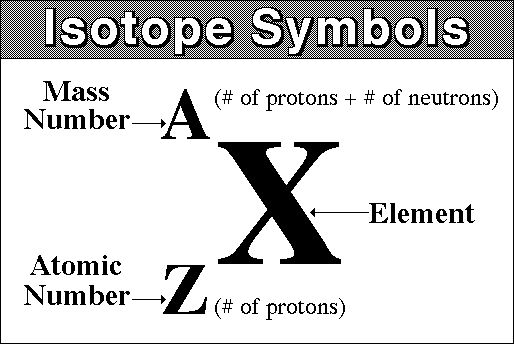Question #b4ab9
1 Answer
Here's what I got.
Explanation:
For starters, calculate the charge of the ion by using the equation
color(blue)(ul(color(black)("net charge" = "no. of protons " - " no. of electrons"
In your case, you have
"net charge" = 52 - 54 = -2
This tells you that the ion carries a
Now, the isotope notation of this ion requires
- the atomic number of the element,
Z - the mass number of the isotope,
A

In your case, you know that the element has
Z = 52
In order to find the mass number of the isotope, simply add the number of protons and the number of neutrons present in the nucleus.
A = "52 protons + 76 neutrons"
A = "128 nucleuons"
This means that the symbol of the neutral isotope will look like this
""_(color(white)(1)52)^128"X"
A quick look in the Periodic Table will reveal that you're dealing with tellurium-128, an isotope of tellurium,
""_(color(white)(1)52)^128"Te"
Finally, to show that this is an anion and not a neutral atom, add the net charge.
""_(color(white)(1)52)^128"Te"^(2-)

